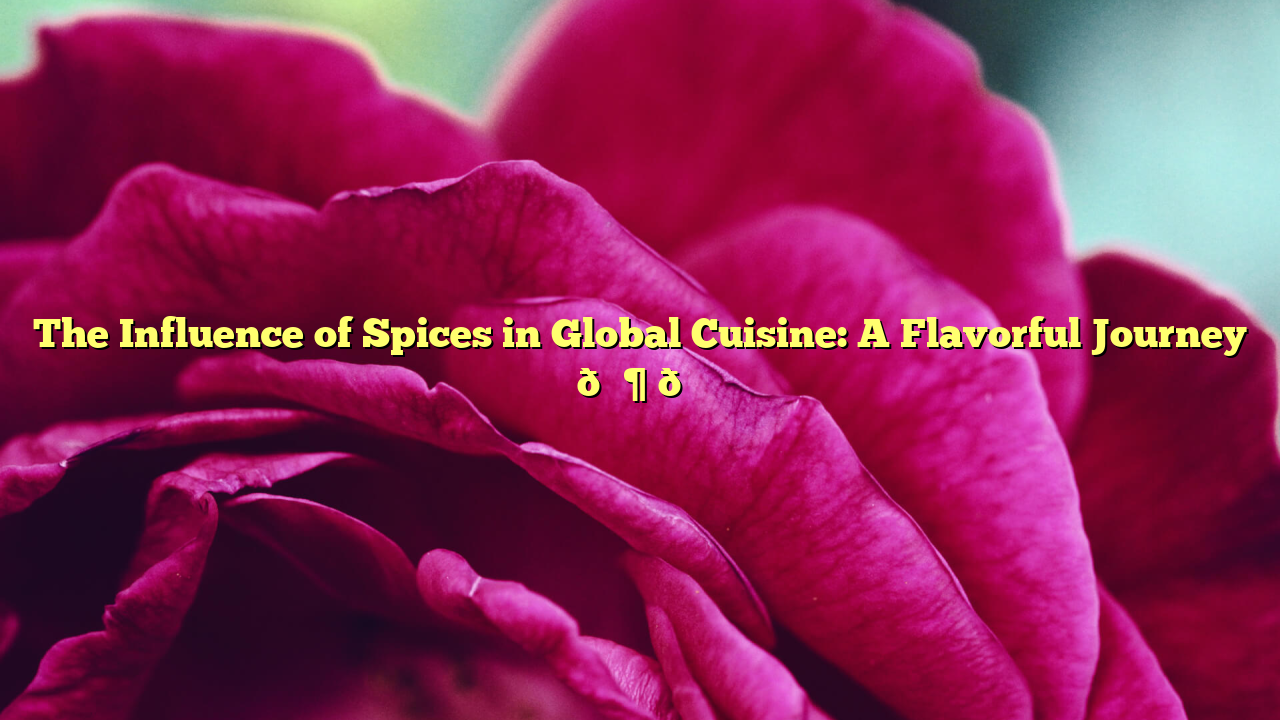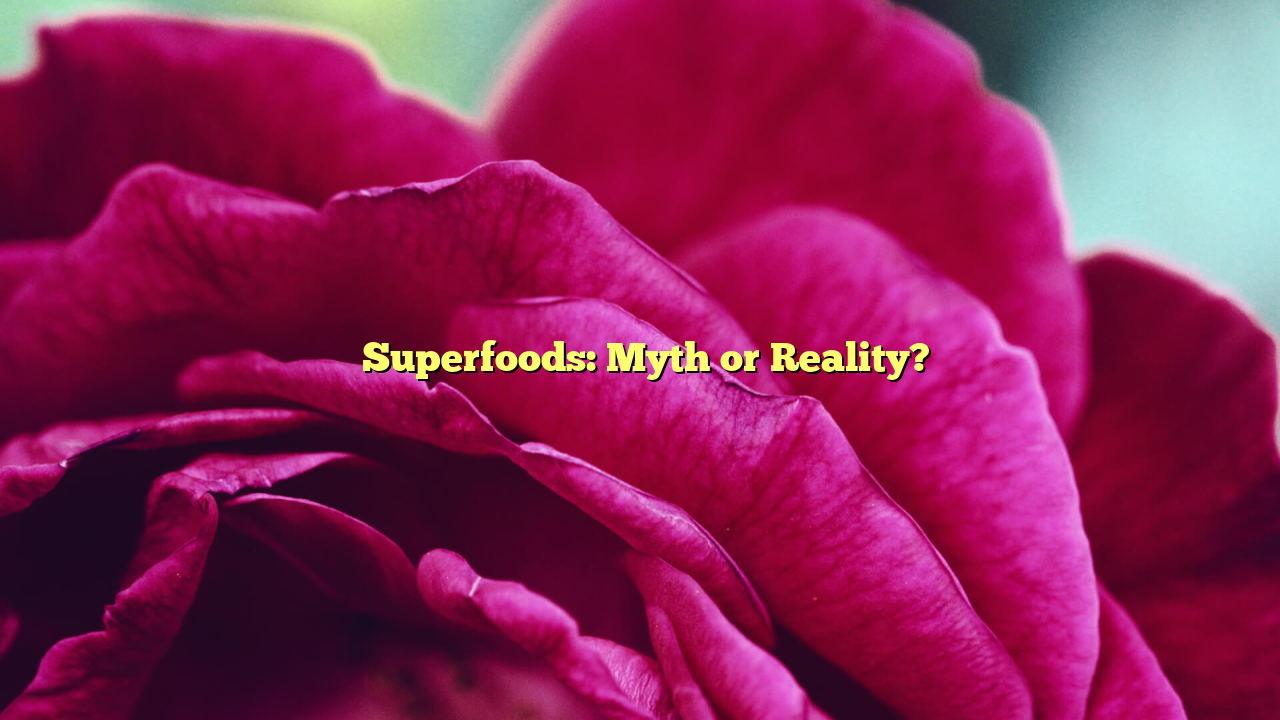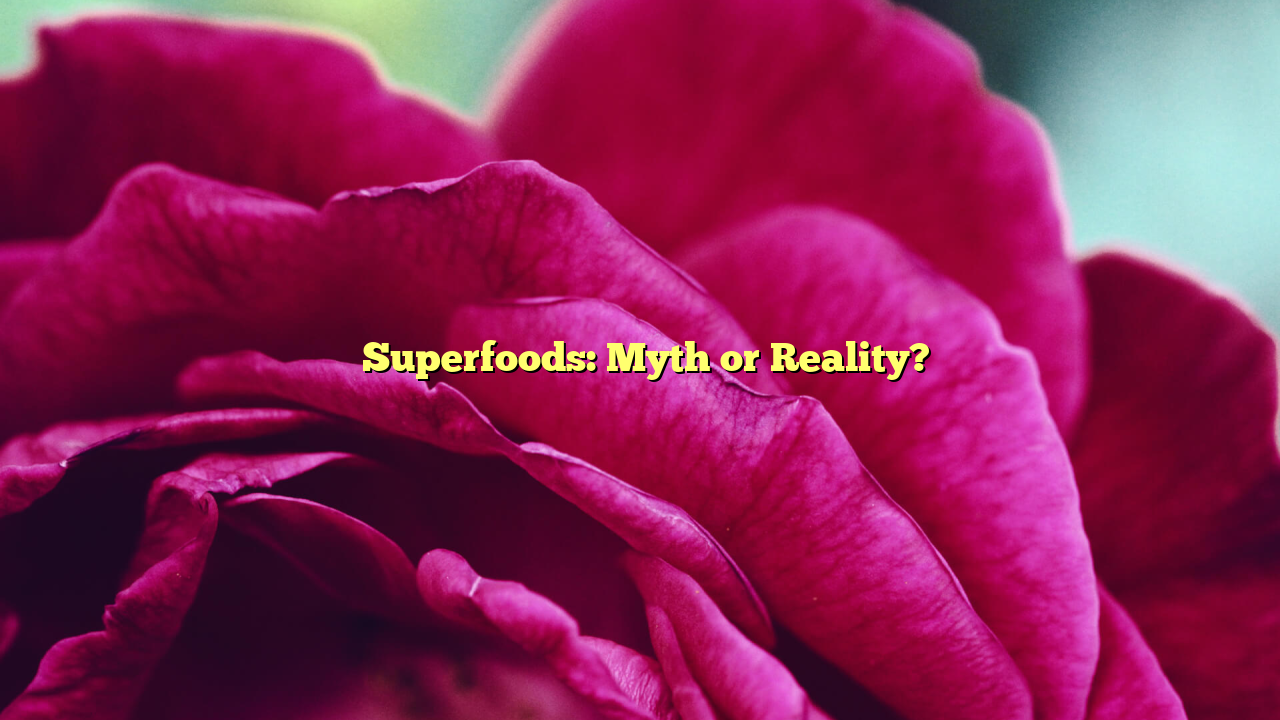Spices are the heartbeat of global cuisine, transforming simple ingredients into rich, flavorful masterpieces. From the fiery heat of chili peppers in Mexico to the aromatic blend of garam masala in India, spices have shaped culinary traditions, trade, and even history.
In this article, we’ll explore the origins of spices, their cultural significance, and how they continue to influence world cuisine today.
1. The Historical Role of Spices 🏺📜
Spices have been a part of human civilization for thousands of years, used for cooking, medicine, and even religious rituals. Some key historical moments include:
🔸 The Spice Trade (2000 BCE – 1800s CE) 🔸 The Age of Exploration (15th – 17th Century) – European explorers, like Vasco da Gama and Christopher Columbus, searched for new spice routes, leading to global exploration and colonization 🔸 Medicinal Uses – Ancient civilizations used spices for their healing properties—turmeric in Ayurveda, ginger in Chinese medicine, and cloves in Middle Eastern remedies.
Spices were once worth more than gold, proving their incredible historical value.
2. How Spices Define Regional Cuisines 🍽️🌎
Each region has its own signature spice blends, which give dishes their unique taste:
🌶️ India – Home to spice blends like garam masala, curry powder, and turmeric-based dishes 🧄 Middle East – Uses sumac, saffron, za’atar, and cardamom 🌽 Mexico & Latin America – Chili peppers, cumin, and oregano are key in tacos, mole, and salsas 🍜 Asia (China, Thailand, Japan) – Ginger, star anise, and five-spice powder give a bold umami kick 🧀 Europe – Less spice-heavy but features herbs like basil, rosemary, and thyme in Mediterranean cooking.
The spice combinations of each region tell a story of migration, trade, and cultural fusion.
3. The Science of Spices & Their Health Benefits 🏋️♂️🍵
Beyond flavor, spices have powerful health benefits:
✅ Turmeric – Contains curcumin ✅ Ginger ✅ Cinnamon ✅ Garlic ✅ Chili Peppers – High in capsaicin, which speeds up metabolism.
Adding spices to your diet can be a natural way to boost wellness!
4. The Art of Spice Blending 🎨🧂
The right mix of spices can elevate any dish. Some famous spice blends include:
🔹 Garam Masala (India) 🔹 Ras el Hanout (Morocco) – A rich, complex mix of over 20 different spices 🔹 Chinese Five-Spice 🔹 Herbes de Provence (France) – A delicate mix of thyme, rosemary, oregano, and lavender.
Each blend is crafted to enhance the depth and aroma of dishes.
5. Modern Trends in Spice Usage 🌱🚀
Spices continue to evolve in modern cooking, with trends like:
🔸 Fusion Cuisine 🔸 Spice-Infused Beverages 🔸 Homemade Spice Blends – More people are grinding their own fresh spices 🔸 Sustainable & Ethical Sourcing – A focus on fair trade spices to support small farmers.
Chefs and home cooks alike are experimenting more than ever with bold, unexpected spice combinations.
6. Cooking with Spices: Tips & Tricks 🍳🔥
Want to master the use of spices? Try dewaslot69 :
📌 Toast Your Spices – Lightly heating spices in a dry pan releases deeper flavors 📌 Balance Heat & Sweetness – Pair chili heat with honey or coconut milk 📌 Use Fresh Spices 📌 Experiment with Marinades – Spices in marinades penetrate meats and vegetables better 📌 Don’t Overpower the Dish – A little spice goes a long way—start small and adjust.
Mastering spices will elevate your cooking and transform simple meals into extraordinary dishes!
7. Conclusion: A World of Flavor in Every Bite 🌍❤️
Spices are more than just ingredients—they are a connection to history, culture, and health. From ancient spice routes to modern gourmet cuisine, they continue to shape how we cook and experience food.
What’s your favorite spice to cook with? 🌶️🍛 Let me know!
The Influence of Spices in Global Cuisine: A Flavorful Journey 🌶️🌍


